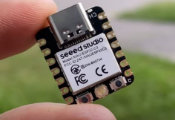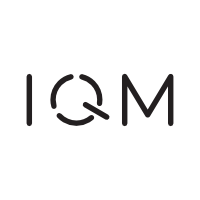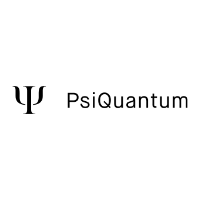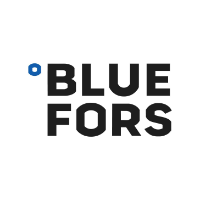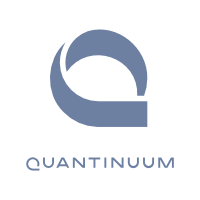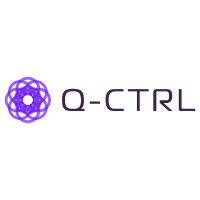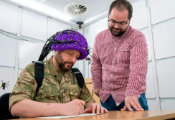Scaling Up: Building a 96-Qubit Quantum Computer by 2027
October 02, 2025 -- Researchers at Duke University have received a $2.66 million grant from the National Science Foundation to build a 96-qubit quantum computer by 2027 using trapped ions. Larger than any current quantum computer of its kind, the project will inform parallel efforts to build quantum infrastructure and provide a powerful tool for researchers to push the field forward.
The new quantum computer will be built and housed at the Duke Quantum Center (DQC). Located in downtown Durham, North Carolina, DQC was launched in 2021, and its members have collectively attracted over $250 million in funding from government, academic and industry partners.
DQC already has several quantum computing and simulation systems in place and more in development, including a potential $120 million, 256-qubit quantum computer. Different systems are better suited for different research pursuits, however, and the new project will complement other equipment while informing the design and construction of future devices.
“With this project, we’re reaching the next frontier with quantum computing and simulation power at DQC,” said Crystal Noel, assistant professor of electrical and computer engineering and physics at Duke and the principal investigator of the new project. “We will be taking several significant steps forward through this effort to make what will be a more powerful system than any we currently have.”
Trapped-ion qubits hold electrically charged atoms that hover near a specially fabricated trap. Laser beams prepare and control the ions for computation. In the simplest configuration, each ion stores a quantum bit, or qubit. A quantum program can set each qubit to any combination of 0 and 1 and create qubit interactions across the array in a way that enhances computation.
In contrast, classical computer bits can only be 0 or 1 during computation and cannot interact in the way that qubits can. These quantum features are powerful add-ons for solving certain hard problems and are not possible with modern computing hardware.
The new 96-qubit quantum computer will support research conducted through another Duke-led NSF program called Software-Tailored Architecture for Quantum Codesign (STAQ). Launched in 2018 with researchers from seven institutions, STAQ was recently renewed in 2024 with an additional $17 million in funding through 2029.
Planning for the new quantum computer began in late 2022 and construction of some components is already underway. This latest grant will support a final push through the most expensive part of the process—designing, building and installing the laser beams needed to manipulate the trapped-ion qubits.
While the quantum computer may not be of sufficient size and fidelity to demonstrate a “quantum advantage” over traditional supercomputers or discover new physics, it is an essential step toward those goals by helping to figure out the challenges faced when scaling these systems up.
“The largest trapped-ion quantum computer DQC currently has is 32 qubits, so 96 is a pret“The largest trapped-ion quantum computer DQC currently has is 32 qubits, so 96 is a pretty big jump,” Noel said. “This work is crucial to overcoming technical hurdles relevant to the next big quantum leap in scale.”



